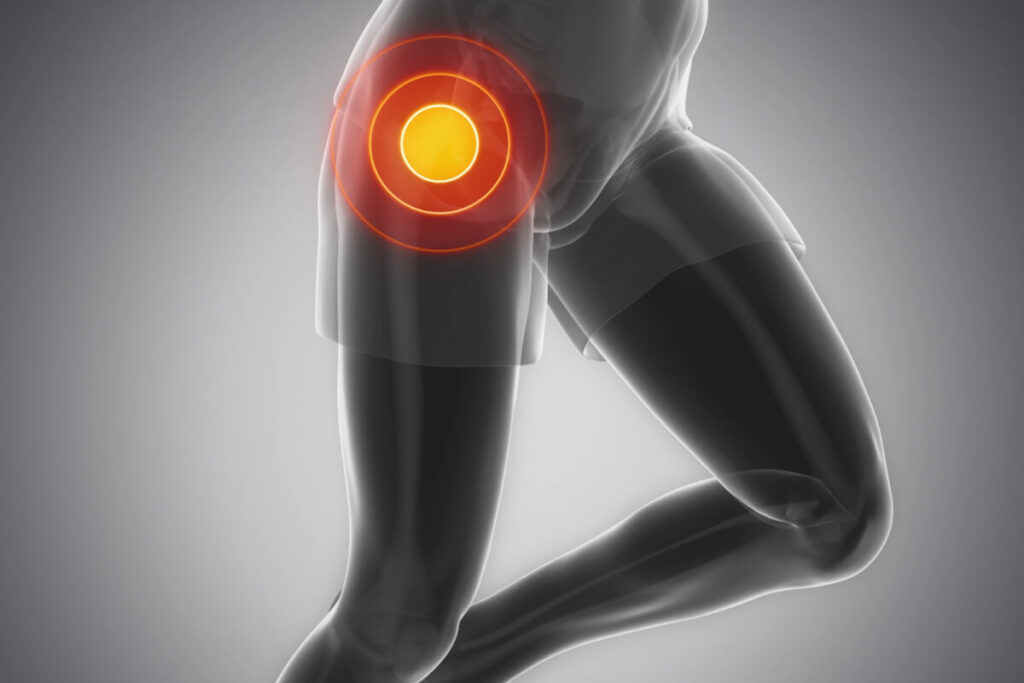Most Common Reason for Revision Hip Arthroscopy

Hip arthroscopy has become a widely performed procedure for conditions like labral tears, cartilage damage, and femoroacetabular impingement (FAI).
While the success rate is high, a small percentage of patients may require a revision hip arthroscopy, which means undergoing a second arthroscopic procedure.
The most common reason for revision hip arthroscopy is residual femoroacetabular impingement (FAI)—when bone overgrowth that causes hip impingement was not fully corrected during the first surgery.
Understanding Femoroacetabular Impingement (FAI)
FAI occurs when abnormal bone shapes on the femoral head (cam lesion) or hip socket (pincer lesion) cause the bones to rub against each other. This can damage the labrum and cartilage, leading to pain and limited movement.
Hip arthroscopy aims to reshape the bone and repair soft tissue, but if any abnormal bone is left behind, impingement symptoms can return.
Why Does Residual FAI Lead to Revision Surgery?
- Incomplete bone resection: Even a small amount of bone left unshaped can continue to cause impingement.
- Underestimation of severity: Imaging may miss subtle deformities.
- Progressive bone regrowth: In rare cases, new bone growth can occur after surgery.
When residual FAI persists, patients may continue to experience hip pain, stiffness, or mechanical symptoms such as clicking, which can require revision surgery.
Other Reasons for Revision Hip Arthroscopy
Although residual FAI is the most common, there are additional causes:
Labral Tears
- A repaired labrum may re-tear, or a previously untreated tear may worsen.
Capsular Issues
- If the hip capsule is left too loose or becomes unstable, revision may be needed for capsular closure or tightening.
Progression of Arthritis
- If arthritis advances after the first surgery, symptoms may persist despite initial improvements.
Scar Tissue Formation
- Adhesions inside the joint may limit movement and cause pain.
How Common Is Revision Hip Arthroscopy?
Studies suggest that 5–10% of patients may need revision surgery after hip arthroscopy. The rate is higher in patients with advanced joint damage at the time of the first procedure.
Can Revision Surgery Be Prevented?
While not all revisions can be avoided, several factors reduce risk:
- Choosing a surgeon with extensive experience in hip arthroscopy
- Comprehensive pre-operative imaging to fully assess bone shape
- Careful rehabilitation to avoid stressing the joint too early
- Monitoring for early signs of persistent symptoms
Conclusion
The most common reason for revision hip arthroscopy is residual femoroacetabular impingement (FAI), where bone overgrowth that causes impingement was not fully corrected during the initial procedure. Other causes include labral re-tears, capsular instability, scar tissue, and arthritis progression.
Fortunately, revision rates are relatively low, and with proper surgical technique and rehabilitation, most patients achieve lasting improvements after their first hip arthroscopy.
